Enduring Chaos: Deconstructing Team Fortress 2's Timeless Class-Based Combat Team Fortress 2.
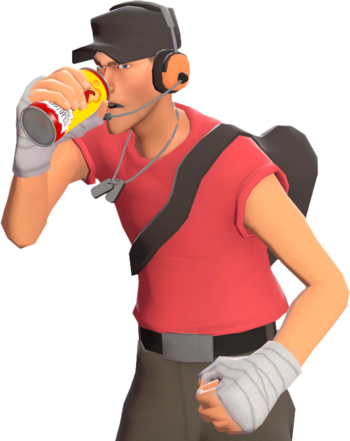
Team Fortress 2. Even now, years after its release, the name conjures images of cartoonish violence, outlandish hats, and, most importantly, deeply engaging class-based gameplay. As a PC gaming enthusiast with a long history in the industry, I’ve seen countless shooters come and go, each promising to revolutionize the genre. Yet, TF2 persists, a testament to the enduring appeal of its core mechanics. What is it about this seemingly simple game that keeps players coming back for more? The answer lies in the beautifully crafted interplay between its nine distinct classes, a system that fosters strategic depth without sacrificing accessibility or individual expression.
The Symphony of Nine: Understanding the Classes
Team Fortress 2's core gameplay revolves around nine unique classes, each possessing distinct strengths, weaknesses, and roles. These aren't just different character skins; they're fundamentally different ways to experience the game. Understanding the nuances of each class, and how they interact with each other, is paramount to mastering TF2. Here’s a brief overview:
- Scout: The fastest class, excelling at flanking, harassing, and capturing objectives.
- Soldier: A versatile powerhouse capable of dealing high damage at medium range with his rocket launcher.
- Pyro: A close-range specialist who uses flames to disrupt enemies and control areas.
- Demoman: An explosive expert who excels at area denial and dealing massive damage with grenades and sticky bombs.
- Heavy: A tank-like character with immense firepower, but limited mobility.
- Engineer: A defensive class who builds and maintains sentry guns, dispensers, and teleporters.
- Medic: The dedicated healer, keeping teammates alive with their Medi Gun and providing powerful ÜberCharges.
- Sniper: A long-range specialist who eliminates high-value targets from afar.
- Spy: An infiltrator who uses disguises, cloaking, and sappers to disrupt enemy lines.
Rock, Paper, Shotgun: Class Interactions and Strategic Depth
TF2's brilliance lies in the complex web of interactions between its classes. While not a strict "rock, paper, scissors" system, certain classes naturally counter others, leading to dynamic gameplay and strategic decision-making.
Scout vs. Heavy: Speed and Agility vs. Raw Power
The Scout's superior mobility makes him a natural counter to the Heavy. A skilled Scout can use hit-and-run tactics to exploit the Heavy's slow movement speed, circling him and delivering bursts of damage while avoiding his minigun fire. The key is flanking and attacking from unexpected angles. However, experienced Heavies are not helpless. They listen for the telltale sounds of a Scout approaching and preemptively fire around corners, turning the tables on unsuspecting flankers. This interplay showcases the importance of situational awareness and prediction in TF2.
Engineer vs. Spy: The Defensive Fortress vs. The Master of Deception
The Engineer's sentry gun is a formidable defensive tool, capable of mowing down enemies who dare to approach. However, the Spy is the Engineer's nemesis. Using disguises and cloaking to infiltrate enemy lines, the Spy can place sappers on the Engineer's buildings, disabling them and leaving them vulnerable to attack. This interaction is crucial because it introduces newer players to the concept of "spy-checking". The Engineer must be vigilant, constantly monitoring their surroundings for suspicious activity and firing randomly to decloak any lurking Spies.

Medic vs. Pyro: The Lifeline vs. The Burning Threat
The Medic is the backbone of any successful TF2 team, providing crucial healing and game-changing ÜberCharges. However, the Pyro can severely hinder the Medic's effectiveness. The Pyro's afterburn effect prevents healing, making it difficult for the Medic to keep their patient alive. Moreover, the Pyro's airblast can separate the Medic from their patient, leaving them vulnerable to attack. A skilled Medic will utilize positioning and movement to stay out of the Pyro's range while maintaining healing, turning the tables on overzealous Pyros.
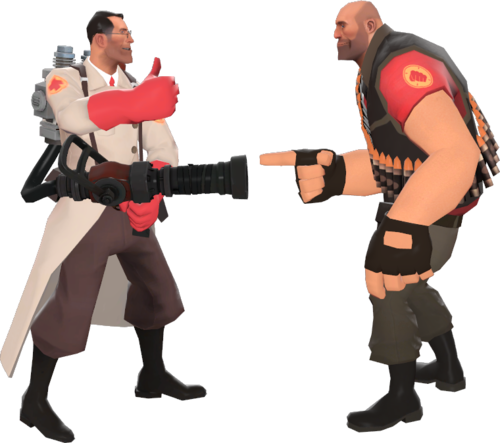
Subtle Lessons: Learning Through Gameplay
TF2 subtly teaches players about class roles and counters through its game design. The maps often feature chokepoints that favor defensive classes like the Engineer and Demoman, while open areas provide opportunities for Snipers and Soldiers to excel. Item unlocks, such as the Scout's Scattergun variants or the Soldier's different rocket launchers, encourage players to experiment with different playstyles and find what works best for them. The game’s hints and tutorials are also surprisingly informative, pushing players to learn what each class excels at.
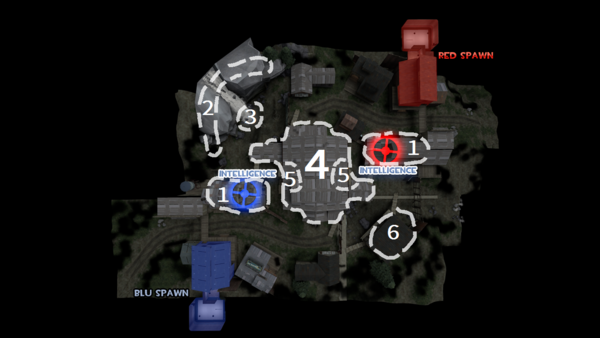
TF2 vs. The Competition: A Different Breed of Class-Based Shooter
While other class-based shooters like Overwatch and Battlefield offer similar experiences, TF2 distinguishes itself in several key ways. Unlike Overwatch, which often relies on hard counters, TF2 emphasizes individual skill and improvisation. A skilled player can overcome unfavorable matchups through clever tactics and precise execution. Battlefield, with its larger scale and focus on vehicles, offers a broader range of gameplay options, but TF2's tighter focus on class-based combat creates a more intimate and strategic experience. TF2 also provides an open-ended experience, with each class capable of fulfilling multiple roles depending on the situation.
Game Modes and Class Dynamics: A Tailored Approach
TF2's various game modes further influence class selection and strategic approaches:
- Capture the Flag: The Scout's speed and agility make them ideal for capturing the enemy flag, while the Heavy and Engineer excel at defending their own.
- Payload: Engineers often establish forward bases near the payload to support the attacking team, while Demomen use sticky bombs to clear paths and disrupt enemy defenses.
- Control Point: The Medic and Heavy form a powerful offensive unit for capturing points, while the Sniper provides long-range support and eliminates key targets.
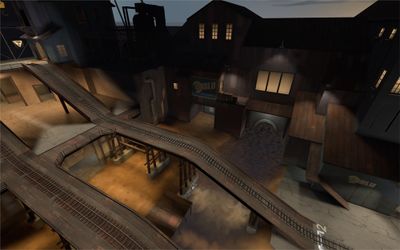
Mastering the Mayhem: Tips for Improving Your TF2 Game
So, how can you improve your Team Fortress 2 gameplay and delve deeper into its strategic intricacies? Here are a few tips:
- Experiment with different classes: Don't be afraid to step outside your comfort zone and try new classes. You might discover a hidden talent or a new appreciation for a different playstyle.
- Learn the maps: Knowing the map layouts, chokepoints, and flanking routes is crucial for success.
- Communicate with your team: TF2 is a team-based game, so communication is key. Use voice chat or text chat to coordinate attacks, call out enemy positions, and request assistance.
- Watch professional players: Studying the gameplay of experienced TF2 players can provide valuable insights into advanced tactics and strategies.
- Practice, practice, practice: Like any skill, mastering TF2 takes time and effort. Don't get discouraged by early setbacks; keep practicing and you'll eventually see improvement.
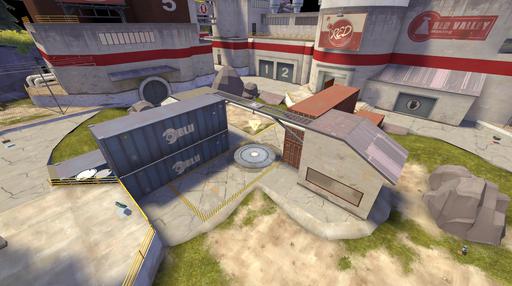
Conclusion: The Enduring Legacy of Team Fortress 2
Team Fortress 2’s enduring appeal stems from its masterful blend of accessible gameplay, strategic depth, and charming personality. The nine classes, each with their unique strengths, weaknesses, and interactions, create a dynamic and engaging experience that continues to captivate players years after its release. While other class-based shooters have emerged, TF2's emphasis on individual skill, open-ended class roles, and lack of hard counters sets it apart. So, dive in, experiment with the classes, learn the maps, and embrace the chaos. You might just find yourself hooked on this timeless classic.

